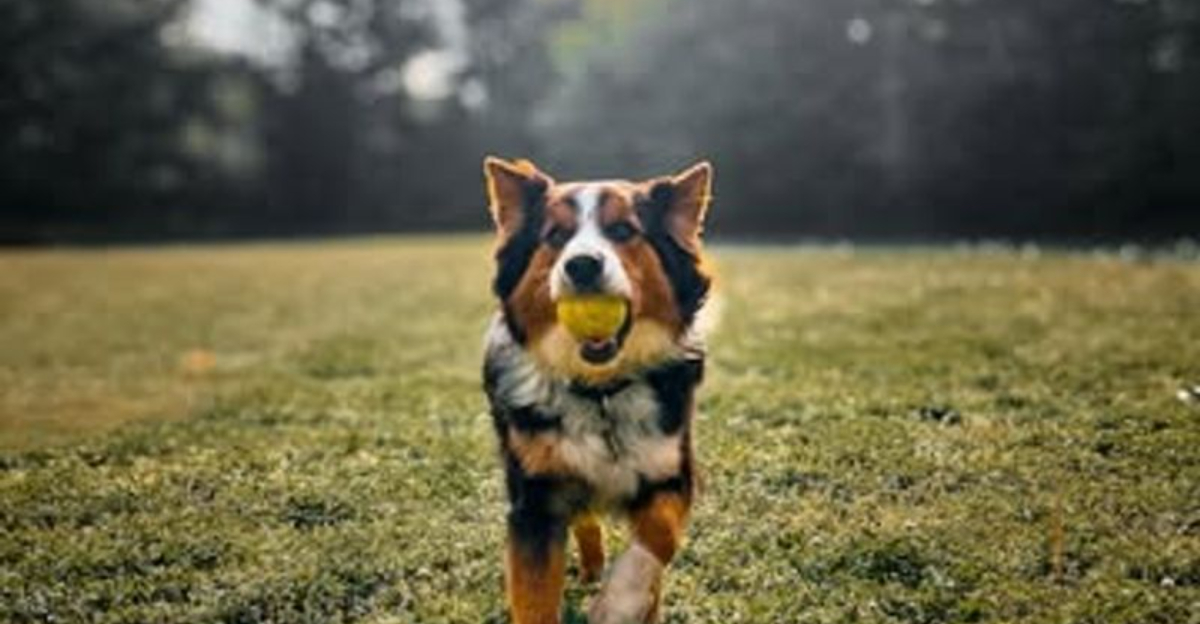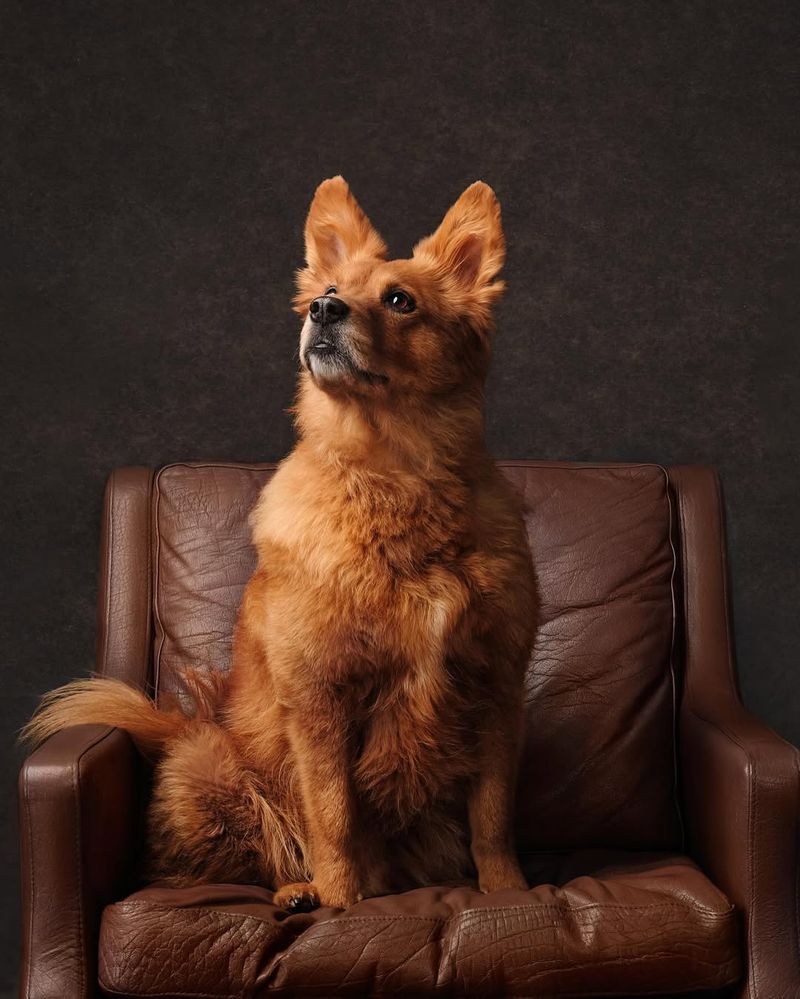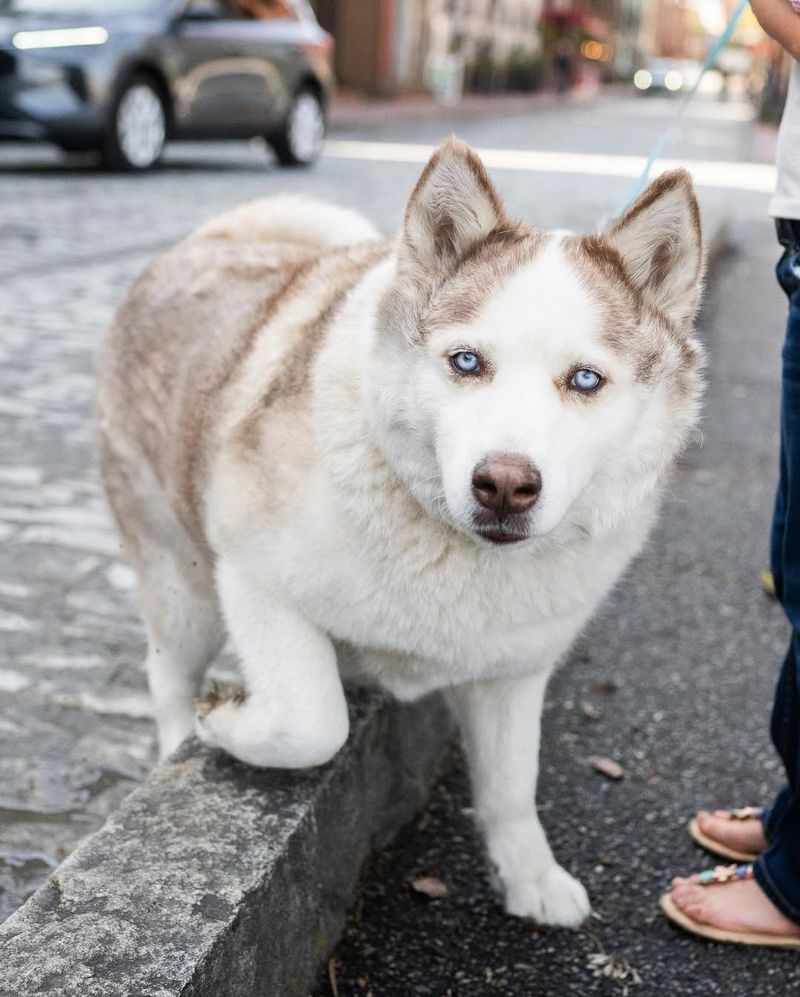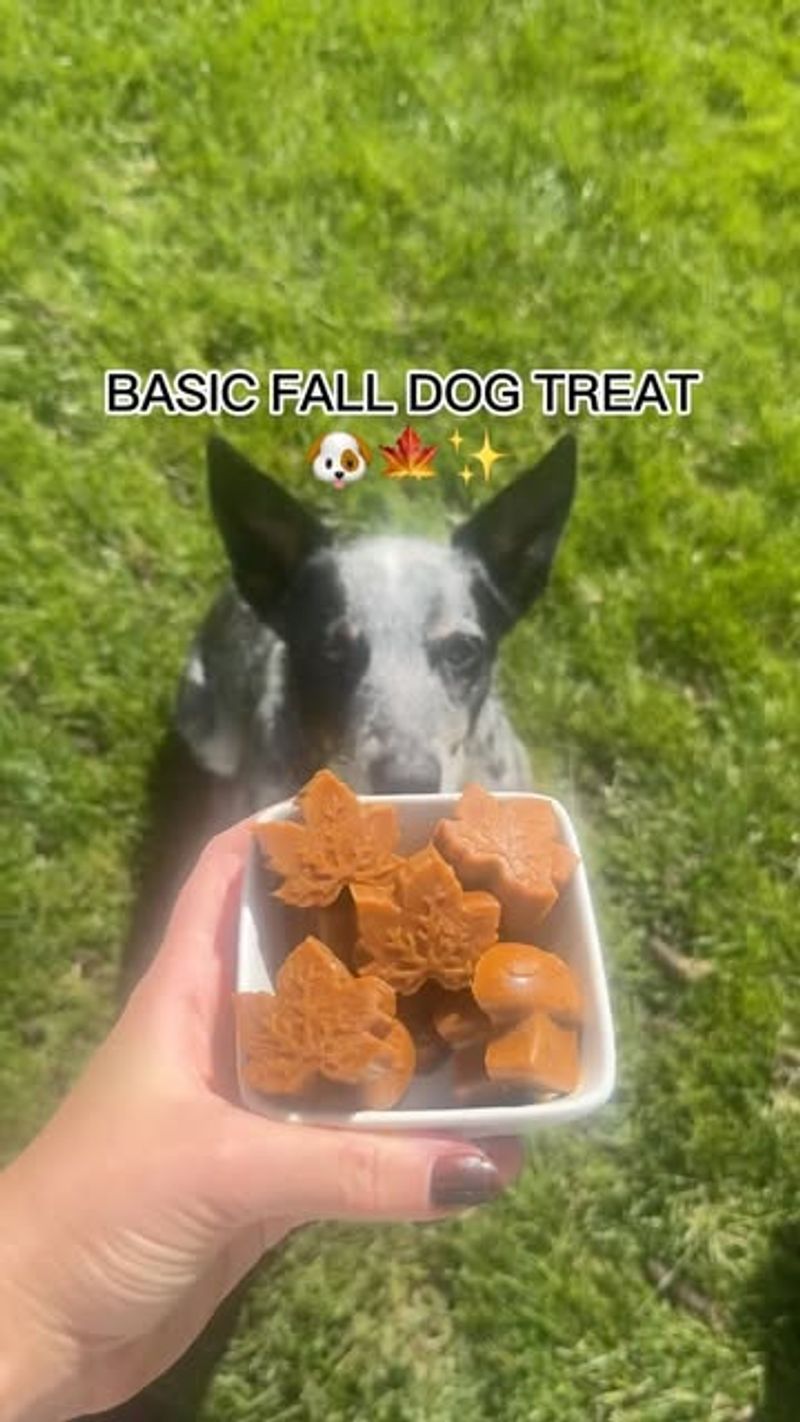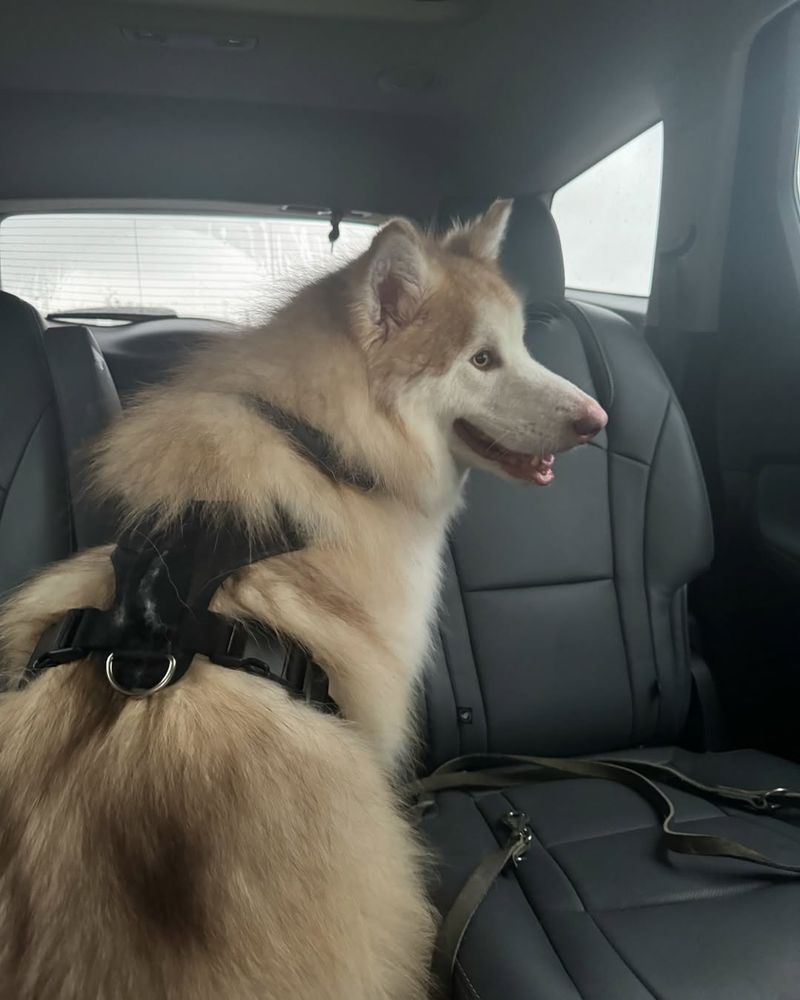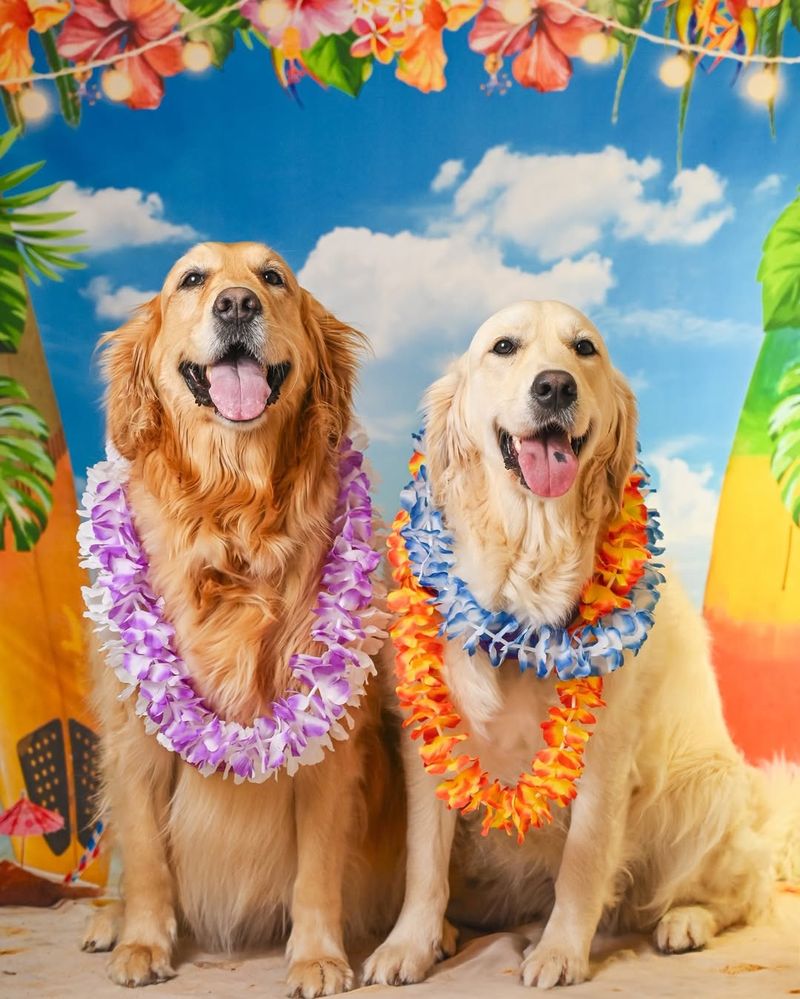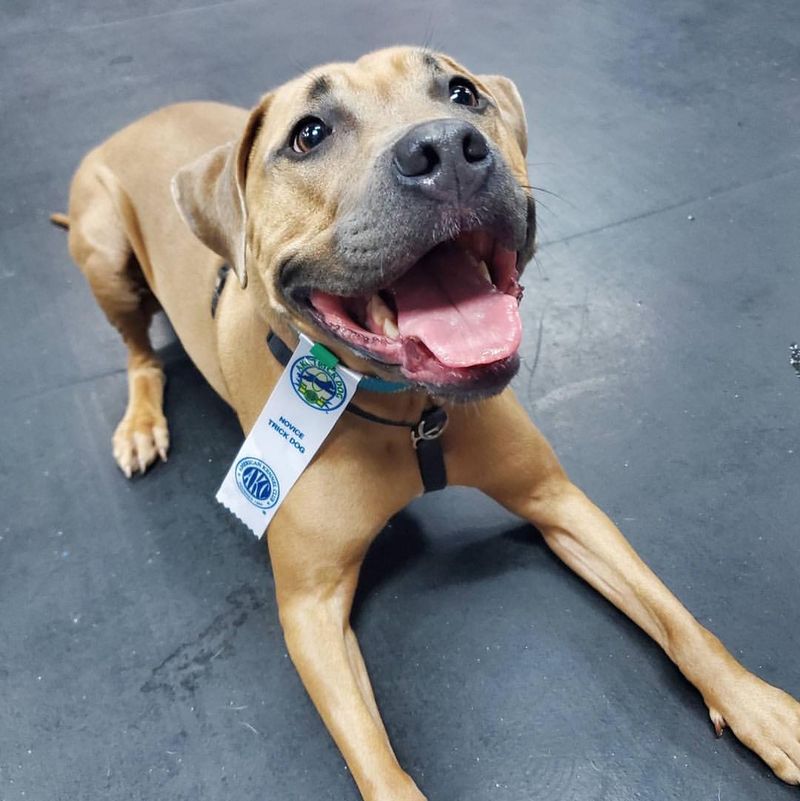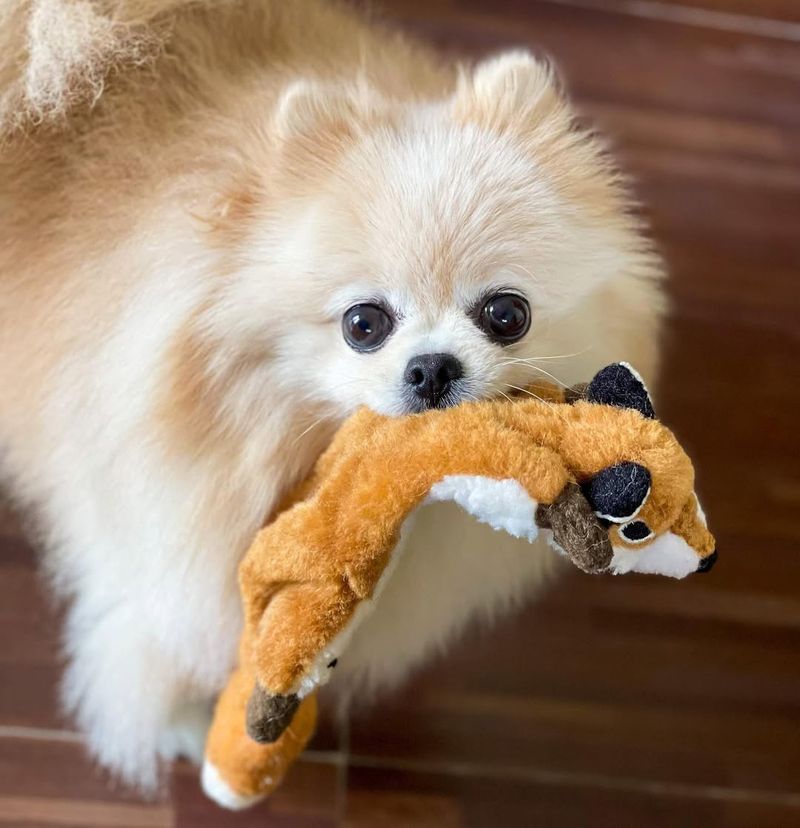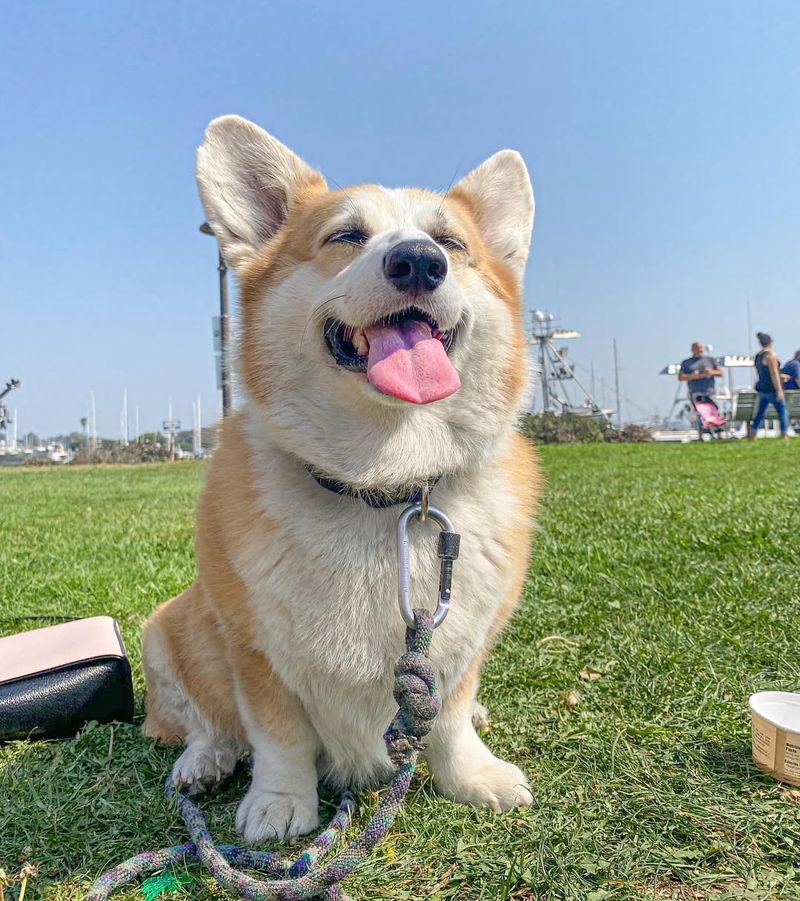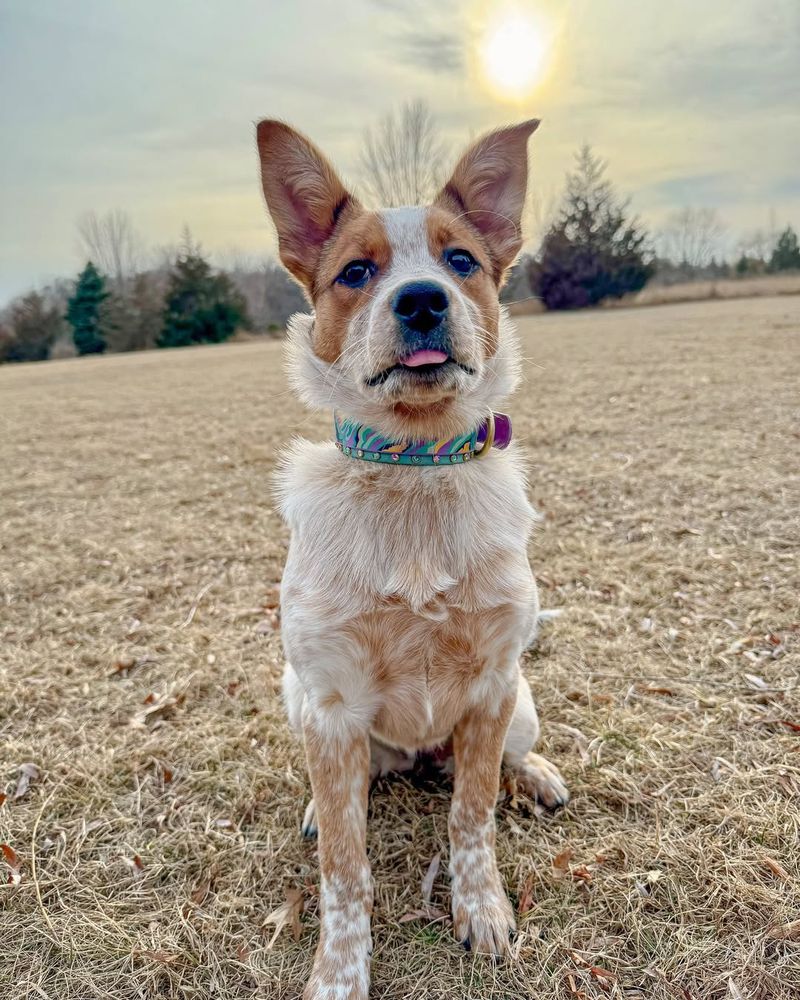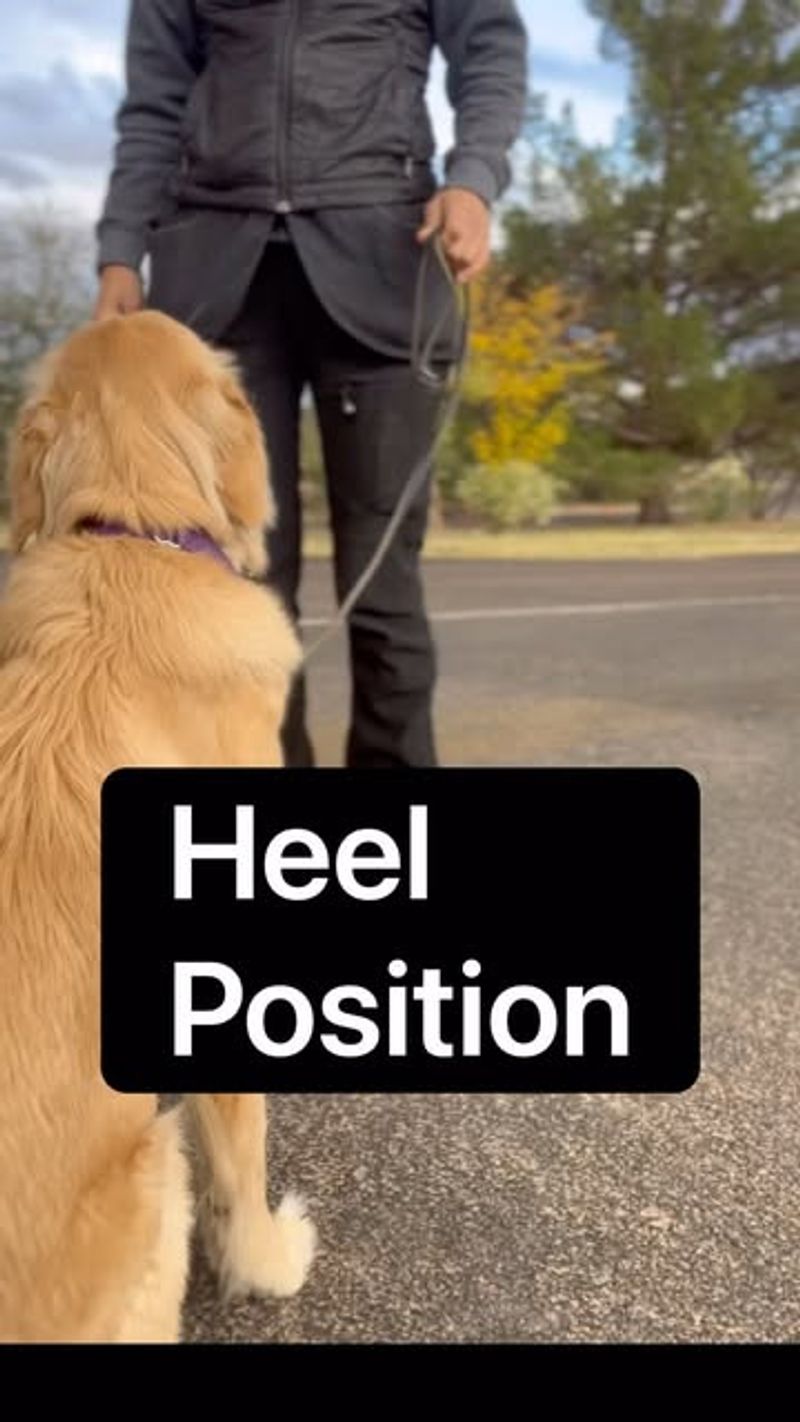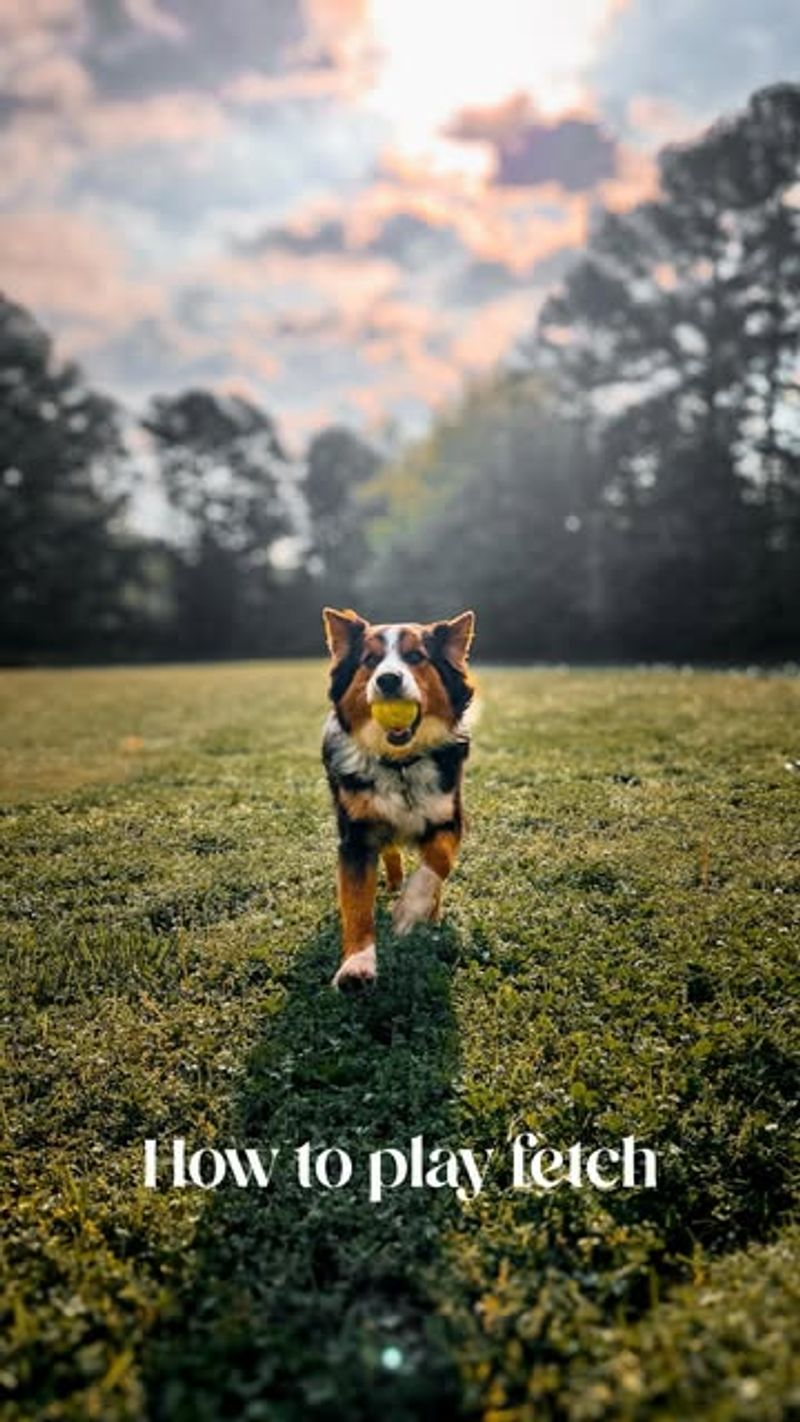Dogs are known for their ability to understand human speech to some extent. Certain words can trigger immediate reactions, while others may leave them baffled. This blog explores the fascinating world of canine comprehension, focusing on words that dogs recognize instantly and those that confuse them.
Sit
The command “Sit” is one of the first words dogs learn and recognize. Teaching this command involves a mix of verbal cues and hand signals. It helps in managing their behavior, especially during walks or when guests arrive.
Consistency is key; using treats as rewards accelerates learning. This simple command not only ensures discipline but also fosters a sense of achievement in dogs.
When dogs sit on command, it strengthens the trust and communication between the owner and pet, making interactions smoother and more enjoyable.
Stay
“Stay” is crucial for safety, preventing dogs from running into dangerous situations. Training for this command requires patience and repetition.
Incorporating this word into daily routines, like meal times or when opening doors, helps reinforce the behavior. Dogs learn to remain calm and composed, which is essential in busy environments.
The “Stay” command instills discipline and provides peace of mind for owners, knowing their dogs will remain in place when instructed, ensuring their well-being and safety.
Come
The word “Come” is vital for recall, ensuring your dog returns to you promptly. This command is useful in various settings, from parks to home environments.
Using a positive tone and rewards enhances learning. It’s crucial for off-leash activities, guaranteeing that your dog stays connected and doesn’t wander.
The “Come” command not only reinforces obedience but also enhances the trust between you and your dog, making outdoor adventures more secure and enjoyable.
Walk
Dogs often react excitedly to the word “Walk,” associating it with outdoor fun. This word signifies adventure and exercise, crucial for their physical and mental well-being.
Routine walks help manage weight and provide necessary stimulation. Dogs learn to anticipate this word, often responding with wagging tails and eager eyes.
The promise of a walk creates a special bond, reflecting the joy and companionship shared during these daily excursions, making it a favorite word for many dogs.
Treat
The word “Treat” is synonymous with rewards and positive reinforcement in a dog’s mind. It triggers excitement and anticipation.
Using treats during training sessions encourages quick learning and reinforces good behavior. Dogs quickly associate this word with tasty rewards, making it a powerful tool for trainers.
Offering treats for obedience and tricks strengthens the bond while ensuring dogs remain motivated and eager to please, marking “Treat” as a cherished word in their vocabulary.
Food
“Food” is a universally recognized word among dogs, symbolizing sustenance and satisfaction. Hearing this word often brings joy and anticipation.
Feeding times are opportunities for establishing routines and improving discipline. Dogs learn to wait patiently, understanding they will be rewarded.
The association with nourishment makes “Food” a powerful word, fostering well-being and happiness in dogs. It’s a vital component of their daily life, ensuring they receive the nutrition they need while reinforcing positive behavior.
Car
The word “Car” excites many dogs, as it often means a trip to the park or an adventure beyond their usual surroundings.
Traveling by car also prepares them for necessary trips, such as visits to the vet. Familiarity with this word helps reduce anxiety related to car rides.
For dogs, “Car” signifies exploration and new experiences, enhancing their world view and offering thrilling journeys alongside their human companions.
Banana
Banana
Dogs are often intrigued by the word ‘banana’. It’s not just the sound; they associate it with a delicious treat. Many dogs love bananas, and just the mention of the word can get their tails wagging enthusiastically.
Interestingly, bananas are also a healthy snack option for dogs. They are packed with vitamins and are soft enough for easy chewing. So, next time you want to get your dog’s attention, try saying ‘banana’ and see their ears perk up.
Vacation
Vacation
Who knew that ‘vacation’ could be a word dogs recognize? Many pet owners talk about vacations excitedly, and dogs pick up on this energy. They often associate the word with car rides and new adventures.
For dogs, vacations mean exploring new places and spending more time with their favorite humans. The mere mention of ‘vacation’ can have them bouncing with joy, ready for the journey ahead. It’s a word that promises fun and relaxation, not just for you, but for your furry friend too.
Zoom
Zoom
In the age of virtual meetings, ‘Zoom’ has become a familiar word in many households. Dogs, being the perceptive creatures they are, might recognize it as well. They often see their owners preparing for Zoom calls, setting up the laptop, and talking animatedly.
For dogs, this word can signal quiet time, or perhaps a chance to sneak in some attention while you’re focused on the screen. It’s a modern word that represents the unique blend of work and home life that dogs have become accustomed to.
Doorbell
Doorbell
Besides recognizing the sound of an actual doorbell, dogs can also respond to the word ‘doorbell’. This word usually means someone is arriving, and for most dogs, that’s an exciting event.
Whether it’s a friend, family member, or delivery person, dogs are often eager to greet new arrivals. The anticipation of opening the door brings a mix of curiosity and excitement. It’s a simple word that holds a lot of meaning in a dog’s daily life.
Squirrel
Squirrel
The word ‘squirrel’ can instantly grab a dog’s attention, especially if they’ve had encounters with these quick critters. Dogs and squirrels have a long-standing rivalry, with dogs often trying to chase them in parks or backyards.
Even if there’s no squirrel in sight, mentioning the word can make a dog alert and ready for action. It’s a word that taps into their natural hunting instincts, providing excitement and a bit of playful faux-hunting.
Cheese
Cheese
Many dogs adore cheese, and saying the word can make them come running. The smell and taste of cheese are irresistible to most dogs, and it’s often used as a reward during training sessions.
Offering cheese as an occasional treat can make your dog see it as a special delight. Just be cautious with the amount, as moderation is key. ‘Cheese’ is a word that embodies enjoyment and indulgence for dogs, much like it does for us.
Sit vs. Stay
Dogs often mix up ‘sit’ and ‘stay’ due to the similar context in which these commands are given. When you tell your dog to ‘sit,’ they might think they’re supposed to ‘stay’ as well, especially if you don’t move away.
This confusion arises because both commands are often used in training sessions back-to-back, creating a mental overlap for the dog. It’s helpful to practice these separately to reinforce understanding.
Using distinct hand signals can also clarify for your furry friend. Consistent training and reinforcement with treats can help differentiate the commands more effectively.
Down vs. Off
The words ‘down’ and ‘off’ can be particularly confusing for dogs, especially when both involve motion. ‘Down’ is typically a command for lying down, while ‘off’ is used to direct them away from furniture or people.
Dogs may misinterpret ‘down’ as ‘off’ when asked to move away from something. This misunderstanding can result in unwanted behaviors if not addressed early.
Clear articulation and context-specific training can mitigate this confusion. Practicing these commands in various settings helps dogs associate them accurately with the intended actions.
Heel vs. Heal
The homophones ‘heel’ and ‘heal’ sound identical but hold different meanings. ‘Heel’ is a command for walking closely beside the owner, whereas ‘heal’ involves curing or recovery.
Dogs might mistake ‘heel’ for ‘heal’ if they’re used to hearing the latter in a soothing context. This can cause them to pause or exhibit calming behaviors instead of walking.
To prevent this, ensure the context is clear. Use a firm tone and consistent practice with treats to strengthen the command ‘heel.’ Visual cues can further reinforce proper walking etiquette for your pup.
Fetch vs. Catch
‘Fetch’ and ‘catch’ may confuse dogs during playtime because both involve bringing an object back. ‘Fetch’ implies retrieving an item and returning it, while ‘catch’ means grabbing it mid-air.
When a dog hears ‘fetch,’ they might jump to catch instead, thinking it’s a game of agility. This mix-up often leads to playful chaos in the park or backyard.
To resolve this, practice these activities distinctly. Encouraging your dog with praise when they perform correctly ensures they understand each command’s unique purpose. Gradual and patient training is key to clearing up this playful confusion.
